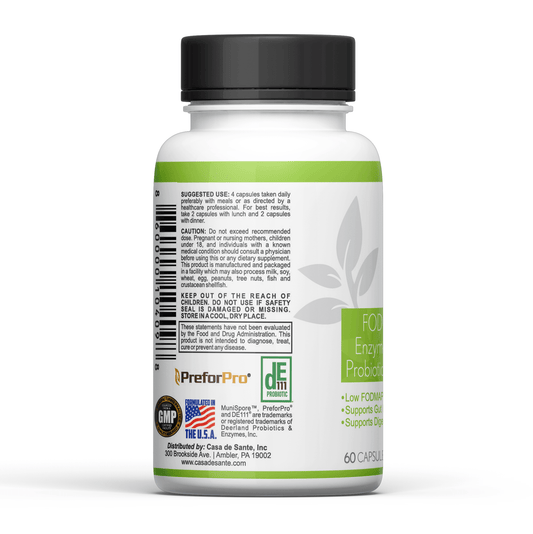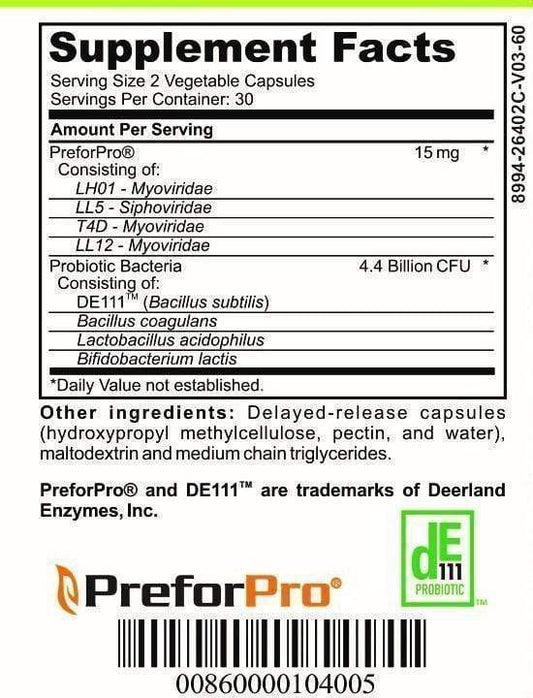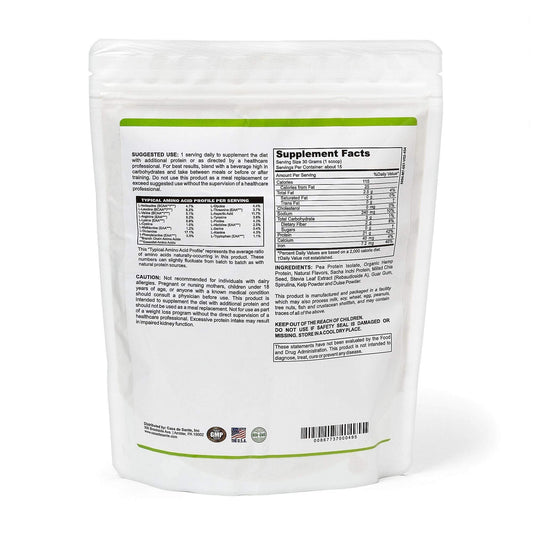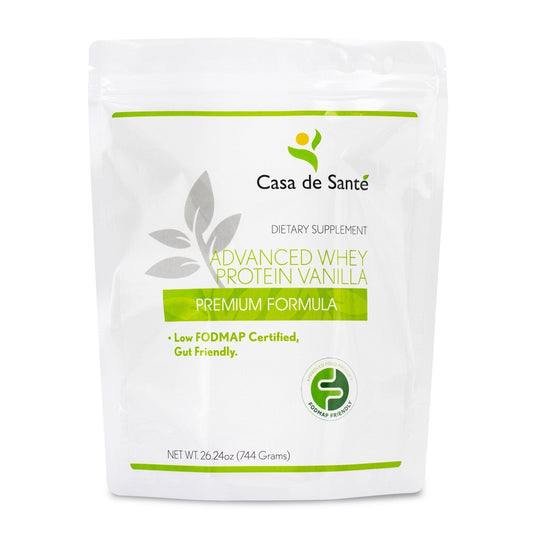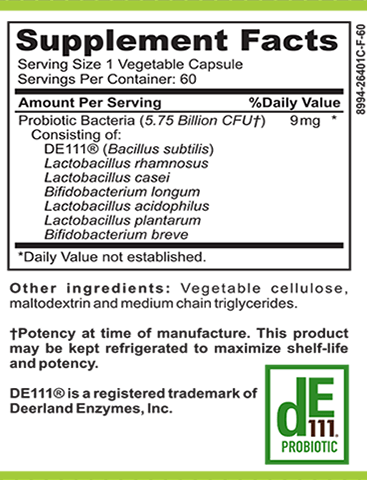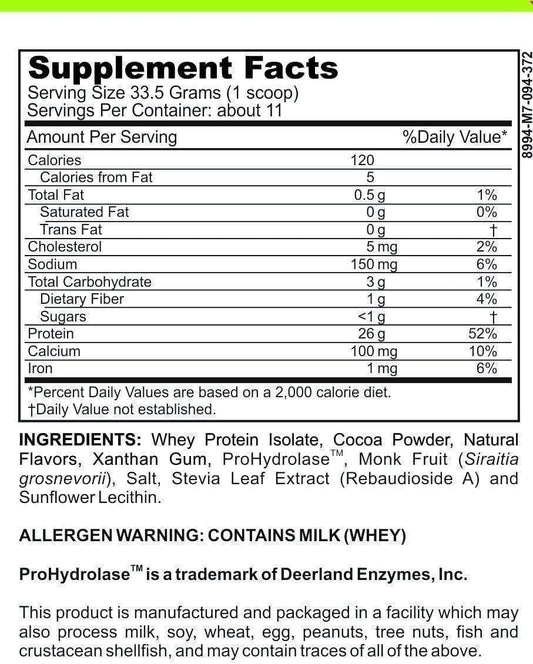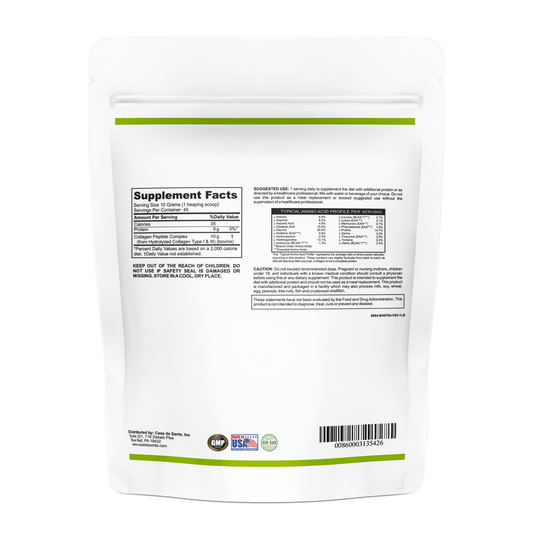IBS-Friendly Shrimp Lollipops Recipe
Living with Irritable Bowel Syndrome (IBS) can be challenging, especially when it comes to making food choices. However, with the right knowledge and recipes, managing IBS symptoms can become easier and even enjoyable. In this article, we will explore the IBS-friendly shrimp lollipops recipe, perfect for those with sensitive stomachs who still crave delicious and creative meals.
Understanding IBS and Food Choices
Before we delve into the tantalizing shrimp lollipops recipe, it is essential to understand the relationship between IBS and food.
What is IBS?
IBS, short for Irritable Bowel Syndrome, is a common gastrointestinal disorder that affects millions of people worldwide. It is characterized by abdominal pain, bloating, and changes in bowel habits. While the exact causes of IBS are unknown, it is believed to be a result of a combination of factors, including abnormal muscle contractions in the intestines, inflammation, and changes in the gut microbiome.
Living with IBS can have a significant impact on an individual's quality of life. The unpredictable nature of the condition can lead to anxiety, stress, and social isolation. Therefore, managing symptoms and finding ways to alleviate discomfort is crucial for those with IBS.
How Food Affects IBS
One of the key factors that can trigger or worsen IBS symptoms is diet. While the specific trigger foods can vary from person to person, there are some common culprits that individuals with IBS should be aware of.
Fiber, for example, is an essential nutrient for maintaining a healthy digestive system. However, for some individuals with IBS, consuming high-fiber foods can lead to increased bloating and gas. On the other hand, a low-fiber diet can cause constipation, which is another common symptom of IBS.
Another group of foods that can aggravate IBS symptoms are those high in fat. Fried foods, fatty meats, and creamy sauces can be difficult for the digestive system to process, leading to abdominal discomfort and diarrhea in some individuals.
In addition to fiber and fat, certain carbohydrates known as FODMAPs (fermentable oligosaccharides, disaccharides, monosaccharides, and polyols) can trigger IBS symptoms. These carbohydrates are poorly absorbed in the small intestine and can ferment in the colon, causing gas, bloating, and diarrhea.
Identifying specific trigger foods is a crucial step for individuals with IBS. Keeping a food diary and noting any symptoms that occur after eating can help pinpoint which foods may be causing discomfort. Once trigger foods are identified, individuals can modify their diets to minimize symptoms and promote digestive well-being.
It is important to note that while certain foods may trigger symptoms in some individuals, they may not affect others. Each person with IBS has a unique set of triggers, and it may take some trial and error to find the right balance of foods that work for them.
Working with a healthcare professional, such as a registered dietitian, can be beneficial for individuals with IBS. These professionals can provide guidance and support in developing a personalized diet plan that takes into account individual triggers, nutritional needs, and overall health goals.
The Importance of IBS-Friendly Recipes
Having Irritable Bowel Syndrome (IBS) can be a challenging condition to manage, but it doesn't mean you have to sacrifice flavor and enjoyment in your meals. Tailored recipes designed to be gentle on the digestive system can help alleviate symptoms and allow you to savor a wide range of delicious dishes. Let's explore the benefits of IBS-friendly recipes and highlight some common ingredients to avoid.
Benefits of Tailored Recipes for IBS
IBS-friendly recipes focus on incorporating ingredients that are less likely to trigger symptoms, such as bloating, gas, and diarrhea. These recipes are often low in FODMAPs (Fermentable Oligosaccharides, Disaccharides, Monosaccharides, and Polyols), a group of carbohydrates that can cause IBS symptoms in some individuals.
By following IBS-friendly recipes, you can take control of your diet while still enjoying a wide variety of delicious meals. These recipes provide a framework for those with IBS to make informed and enjoyable food choices. They emphasize the inclusion of easily digestible proteins, such as lean meats, tofu, and fish, which provide essential nutrients without triggering symptoms.
Moreover, IBS-friendly recipes often incorporate fiber-rich ingredients like quinoa, brown rice, and gluten-free oats. These fibers can help regulate bowel movements and promote a healthy gut. Additionally, they provide a sense of fullness and satisfaction, making it easier to maintain a balanced diet.
Common Ingredients to Avoid
While everyone's triggers may vary, some common ingredients that can exacerbate IBS symptoms include onions, garlic, dairy products, certain fruits, wheat, and high-fat foods. Onions and garlic, for example, contain fructans, which are a type of FODMAP that can cause bloating and discomfort in individuals with IBS. Dairy products, especially those containing lactose, can trigger digestive distress due to lactose intolerance.
Furthermore, certain fruits like apples, pears, and stone fruits can be high in fructose, another type of FODMAP that can cause gas and bloating. Wheat, a common ingredient in many baked goods and pastas, contains gluten, which can be problematic for individuals with IBS. Lastly, high-fat foods, such as fried dishes and fatty meats, can slow down digestion and worsen symptoms.
By being aware of these ingredients, you can make thoughtful substitutions and create dishes that won't upset your stomach. For example, you can replace onions and garlic with herbs like basil and oregano to add flavor to your meals. Lactose-free dairy products or non-dairy alternatives, such as almond milk or coconut yogurt, can be used instead of regular dairy. Opting for low-fructose fruits like berries and citrus fruits can still provide natural sweetness without triggering symptoms.
Moreover, gluten-free alternatives like rice flour, almond flour, or quinoa pasta can be used in place of wheat-based products. And when it comes to fats, choosing healthier options like olive oil or avocado can provide the necessary nutrients without causing digestive distress.
Overall, IBS-friendly recipes offer a world of possibilities for individuals with IBS to enjoy delicious and satisfying meals without compromising their digestive health. By understanding the benefits of tailored recipes and being mindful of common trigger ingredients, you can take control of your diet and embrace a flavorful and nourishing culinary journey.
Introducing the Shrimp Lollipops Recipe
Now that we understand the importance of IBS-friendly recipes, let's dive into the star of this article: the shrimp lollipops. These bite-sized morsels are not only visually appealing but also packed with flavor, making them a perfect addition to any appetizer spread or a fun twist to a main course.
Why Shrimp?
Shrimp is an excellent protein choice for individuals with IBS due to its low FODMAP content. It is also a rich source of vitamins and minerals, making it a nutritious option for those looking to maintain a well-balanced diet.
But what makes shrimp stand out among other seafood options? Well, apart from its delicious taste, shrimp is incredibly versatile. It can be grilled, sautéed, boiled, or even used in stir-fries. This versatility allows you to experiment with different flavors and cooking techniques, making shrimp a go-to ingredient for any culinary enthusiast.
Additionally, shrimp is known for its impressive nutrient profile. It is a great source of lean protein, which is essential for muscle repair and growth. Shrimp is also low in calories and fat, making it an ideal choice for those watching their weight. Moreover, it contains a variety of vitamins and minerals, including selenium, vitamin B12, and iron, all of which play vital roles in maintaining overall health.
Overview of the Recipe
Our shrimp lollipops recipe combines succulent shrimp with flavorful herbs and spices, all wrapped in a crunchy coating. The lollipop shape adds a touch of whimsy and makes them easy to handle and enjoy.
But what goes into making these delectable shrimp lollipops? Let's break it down. First, we start with fresh, deveined shrimp. The shrimp are then marinated in a mixture of aromatic herbs and spices, such as garlic, paprika, and thyme. This marinade infuses the shrimp with a burst of flavor and helps tenderize the meat.
Next, we prepare the crunchy coating. A combination of panko breadcrumbs, grated Parmesan cheese, and a hint of cayenne pepper is used to create a crispy and flavorful exterior. The shrimp are then coated in this mixture, ensuring that every bite is packed with a delightful crunch.
Once the shrimp are coated, they are skewered onto lollipop sticks, giving them their signature shape. The sticks not only make the shrimp easy to handle but also add a playful element to the presentation.
Finally, the shrimp lollipops are either baked or fried until they turn golden brown and crispy. The cooking method can be adjusted based on personal preference, with baking being a healthier option and frying providing an indulgent, restaurant-style experience.
When it comes to serving, the shrimp lollipops can be enjoyed on their own as a delightful appetizer or paired with a dipping sauce of your choice. Whether it's a tangy cocktail sauce, a creamy garlic aioli, or a zesty lemon mayo, the dipping sauce adds an extra layer of flavor that complements the shrimp perfectly.
So, the next time you're looking to impress your guests or simply treat yourself to a delicious meal, give our shrimp lollipops recipe a try. With their irresistible taste, whimsical presentation, and health benefits, these shrimp lollipops are sure to become a favorite in your culinary repertoire.
Step-by-Step Guide to Making IBS-Friendly Shrimp Lollipops
Now that we have the essential background, let's dive into the step-by-step process of creating your very own IBS-friendly shrimp lollipops. With these detailed instructions, you'll be able to whip up this delectable dish in no time.
Gathering Your Ingredients
Before starting the preparation, gather all the necessary ingredients to ensure a smooth cooking experience. Here's what you'll need:
- 1 pound of deveined and peeled shrimp
- 1 cup of gluten-free breadcrumbs
- 1 tablespoon of your favorite low-FODMAP herb blend
- 1 teaspoon of garlic-infused oil
- Pinch of salt and pepper to taste
- 12 wooden skewers
Preparing the Shrimp
Start by preheating your oven to 375°F (190°C) and lining a baking sheet with parchment paper. Take the wooden skewers and insert them into the tail end of each shrimp, creating a lollipop shape.
In a shallow bowl, combine the gluten-free breadcrumbs, low-FODMAP herb blend, garlic-infused oil, salt, and pepper. Mix well until all the ingredients are evenly distributed.
Dip each shrimp lollipop into the breadcrumb mixture, ensuring it is fully coated. Place the coated shrimp on the prepared baking sheet, leaving some space between each lollipop.
Assembling the Lollipops
Once you have prepared all the shrimp lollipops, it's time to assemble them. Carefully insert the exposed end of the skewer into the breadcrumb-coated shrimp, securing them in place.
Repeat this process for the remaining shrimp lollipops, arranging them on the baking sheet with the skewer end facing upwards.
Serving Suggestions for Shrimp Lollipops
Now that your shrimp lollipops are baked to perfection, it's time to think about presentation and pairing ideas. Below, we'll explore some serving suggestions to elevate your culinary journey:
Pairing Ideas
Shrimp lollipops pair well with a variety of flavorful sauces and dips. Consider serving them with a tangy lemon aioli, a zesty mango salsa, or a creamy avocado dip. These dipping options add another layer of taste and enhance the overall dining experience.
For a complete meal, you can pair the shrimp lollipops with a side salad or roasted vegetables. This combination provides a well-balanced plate and ensures a satisfying and nutrition-packed dining experience.
Presentation Tips
To enhance the visual appeal of your shrimp lollipops, consider garnishing the plate with fresh herbs, such as cilantro or parsley. Adding a splash of color with a sprinkle of paprika or a squeeze of lime juice can also elevate the visual presentation of the dish.
Remember, presentation is crucial as it can enhance the overall dining experience, making your IBS-friendly shrimp lollipops all the more delightful.
In conclusion, creating delicious and IBS-friendly recipes can be an enjoyable and rewarding experience. By understanding your body's needs and making informed food choices, you can alleviate IBS symptoms while still indulging in flavorsome dishes like the shrimp lollipops recipe. So, why not gather the ingredients and embark on a culinary adventure that tantalizes the taste buds without compromising digestive well-being?


